These days, all astronautics fans are celebrating a significant date: 55 years of the human landing on the Moon. Unfortunately, a fairly large number of people do not believe in the reality of this event. Earlier, in our article, we talked about the five main myths about lunar missions that conspiracy theorists love to mention. Today, we’re going to talk about independent evidence that the Moon landing really happened.
Images of the Apollo landing sites
Many conspiracy theorists like to make a rather strange argument that if NASA wanted to prove the reality of the Moon landings, it would have taken pictures of the landing sites using the Hubble telescope. But, first of all, its resolution is not sufficient for such an image. And secondly, even if Hubble could take such a picture, it would not matter, because it could also be called a fake.
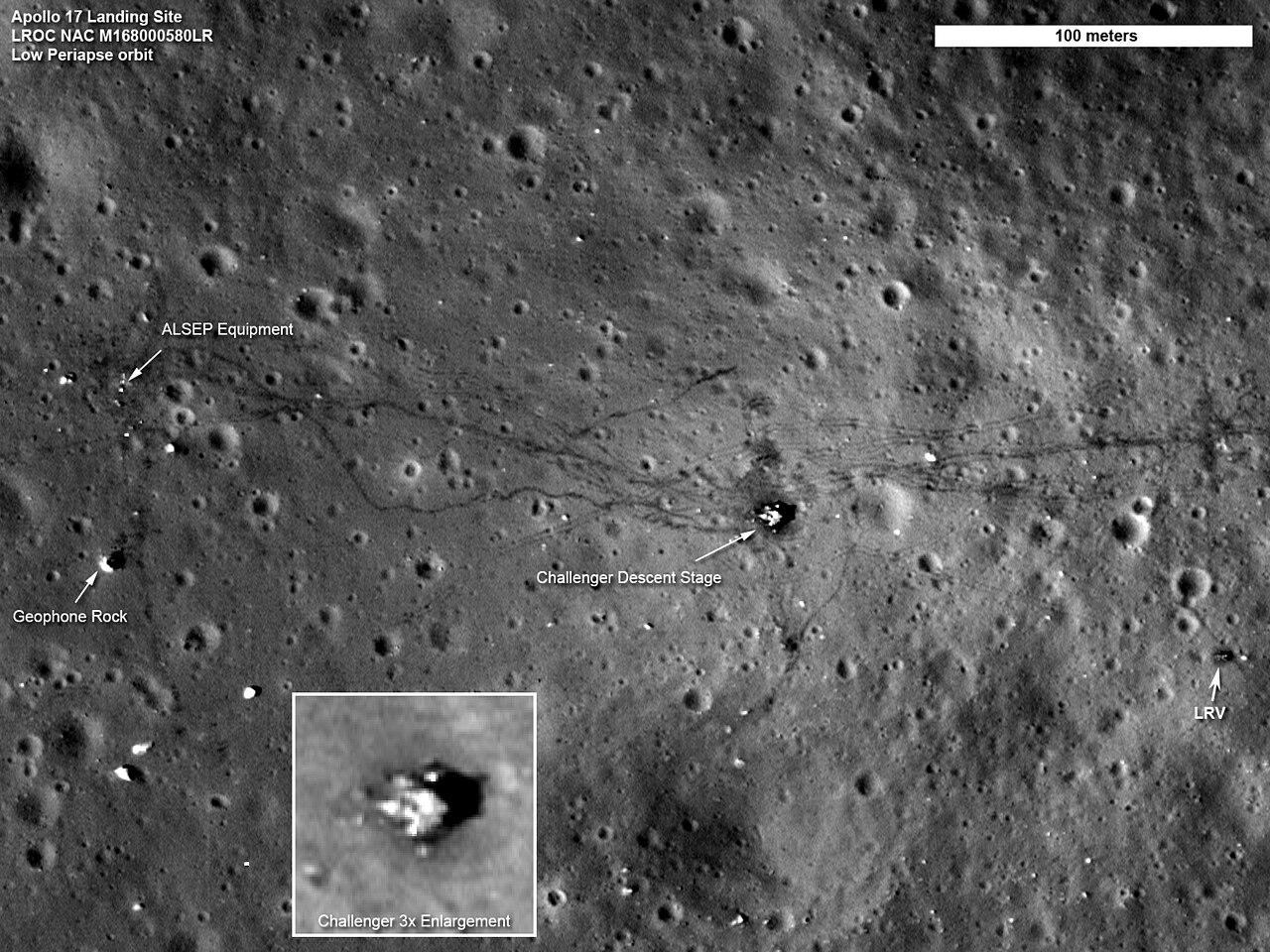
But although Hubble cannot capture the Apollo landing sites, this has been done repeatedly by spacecraft in lunar orbit. One of them is the LRO. The detail of its images is enough to see the lunar module lander, the footprints left by the astronauts, and even the shadow of the flagpole.
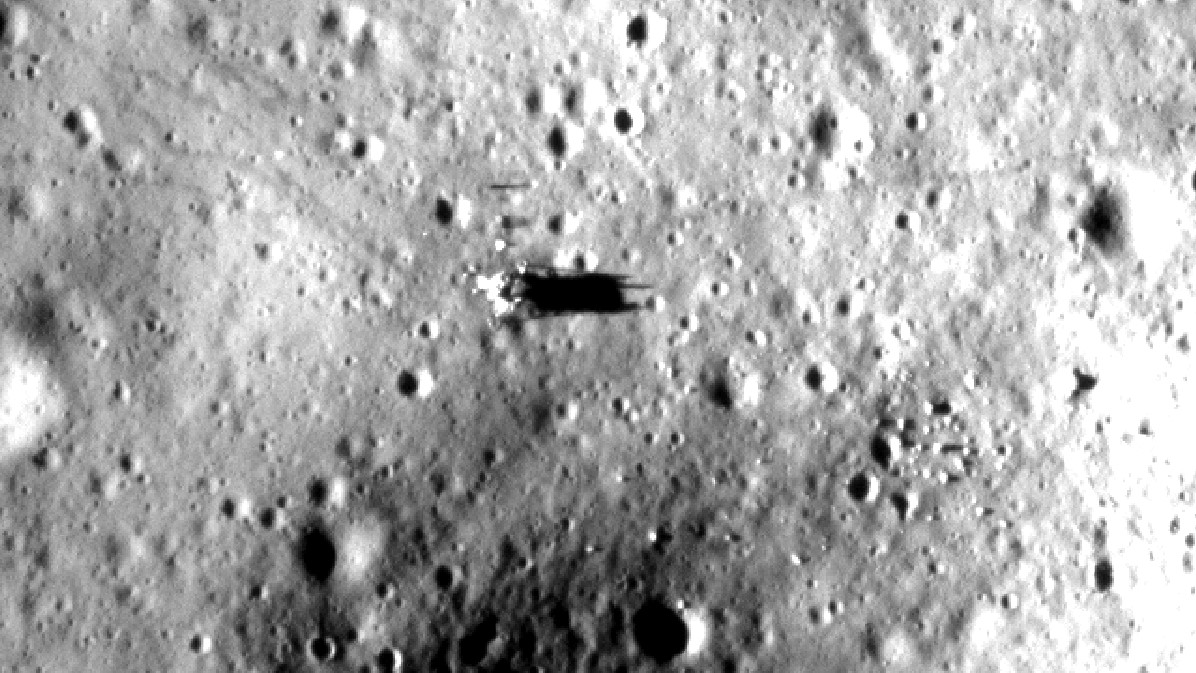
Of course, this is not an argument for conspiracy theorists. After all, the LRO is operated by NASA, which means that all the images are fake. However, Apollo landing sites were also photographed by spacecraft from other countries. For example, the Indian Chandrayaan-2. Its images are even better than LRO’s in terms of detail. The landscape around the Apollo landing sites is exactly the same as the images taken by American astronauts.
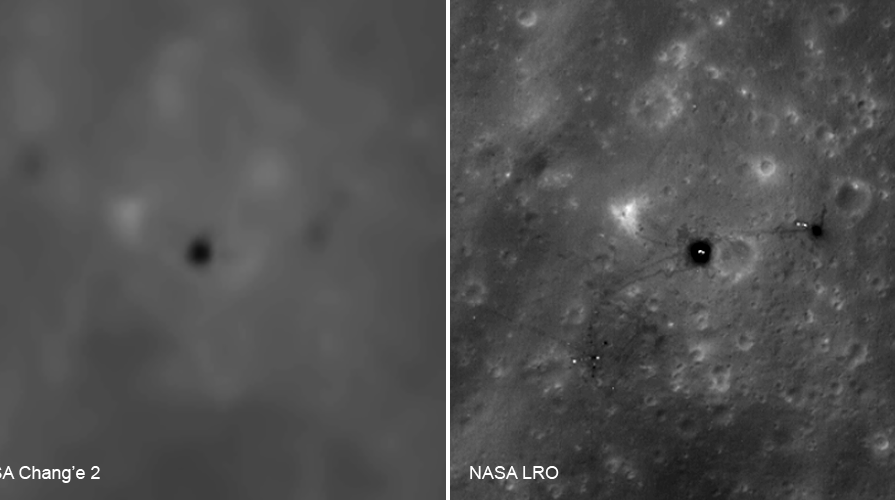
Chinese spacecraft also took pictures of the Apollo landing sites. Although the quality of their images is significantly inferior to the LRO and Chandrayaan-2 images, they still show a dark spot at the lunar module landing site, as well as the rover left by the astronauts.
Laser reflectors
American reflectors landed on the Moon not just to take pictures with the flag. They were carrying out a comprehensive scientific program that included collecting samples, conducting experiments, and installing instruments that would then operate on the lunar surface for several years.
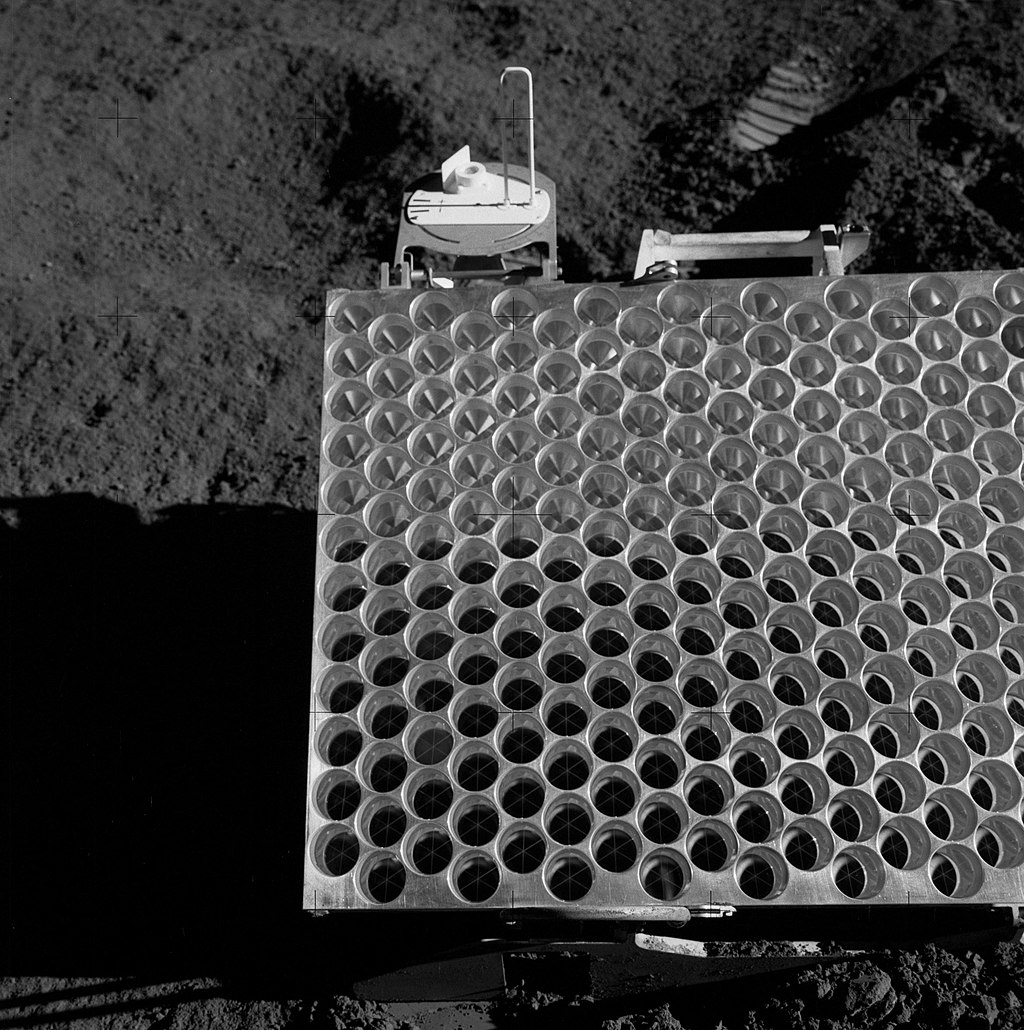
And some instruments left by the Apollo astronauts are still in use today. We are talking about angle reflectors. They are necessary for laser localization of the Moon. Scientists direct a laser beam from the Earth to the reflector and then record the reflected signal. This makes it possible to determine the distance to the satellite with an error of only a few millimeters. It was thanks to Apollo reflectors that it was once possible to find out that the Moon moves away from the Earth by 3.8 cm every year.
The use of angle reflectors is not the exclusive prerogative of American scientists. During the Cold War, Soviet researchers repeatedly measured the distance to the Moon using Apollo reflectors. And in 2018, China conducted the first-ever laser lunar localization experiment. It used a reflector installed by the Apollo 15 expedition.
Space debris
What was one of the first things humans did after landing on the Moon? No, not going to the surface. It was a garbage dump. Before Neil Armstrong took his famous little step, the Apollo 11 crew threw a bag of accumulated garbage out of the cabin. Nowadays, this fact is often mentioned with irony as an example of how wherever people appear, they constantly litter everything — even if it is another celestial body.
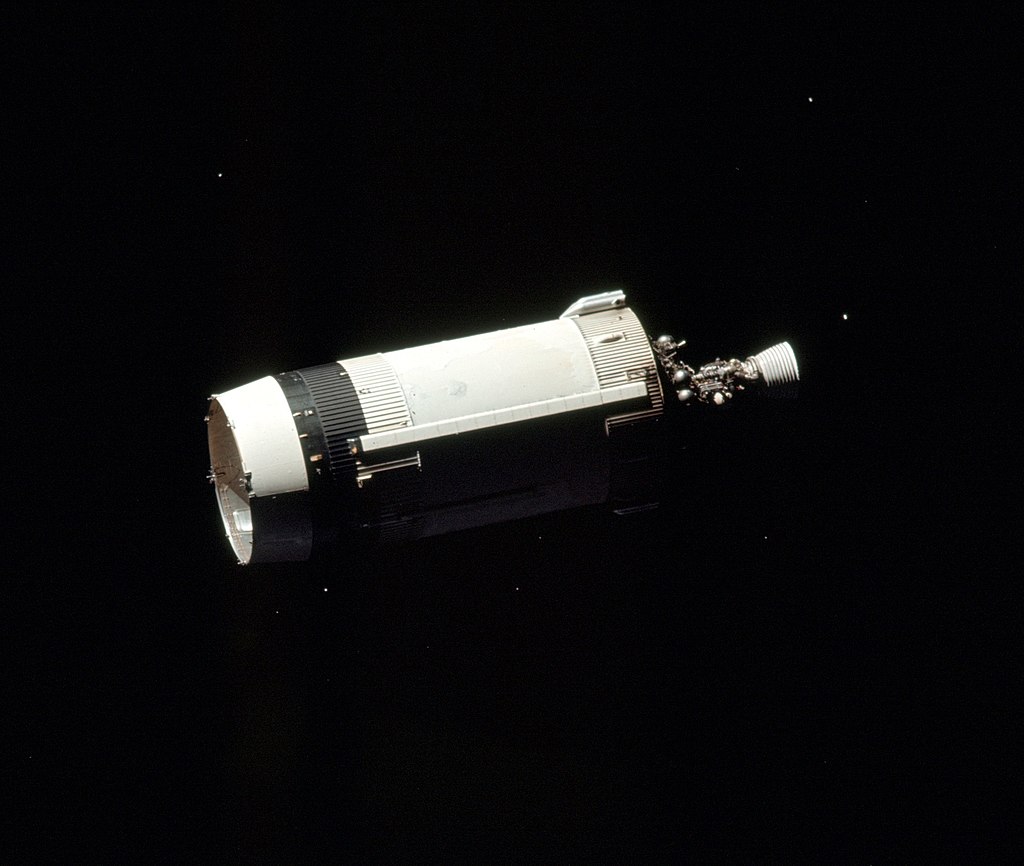
But the same debris is also one of the most convincing proofs of the reality of the Apollo program. In 2002, amateur astronomer William Yon discovered an object that was designated J002E3. It was initially classified as an asteroid, but it quickly became clear that it was something more unusual. An analysis of its spectrum showed that it was of artificial origin: scientists managed to find traces of aluminum, black and white paint. This, as well as the size of the object and the characteristics of its orbit, allowed scientists to conclude that it was the third stage of a Saturn V rocket. Most likely the one used to launch the Apollo 12 mission.
Other spent upper stages of the Saturn V rocket, as well as the lunar module of the Apollo 10 expedition, remain in space. All of them are of great value to technoarchaeologists of the future.
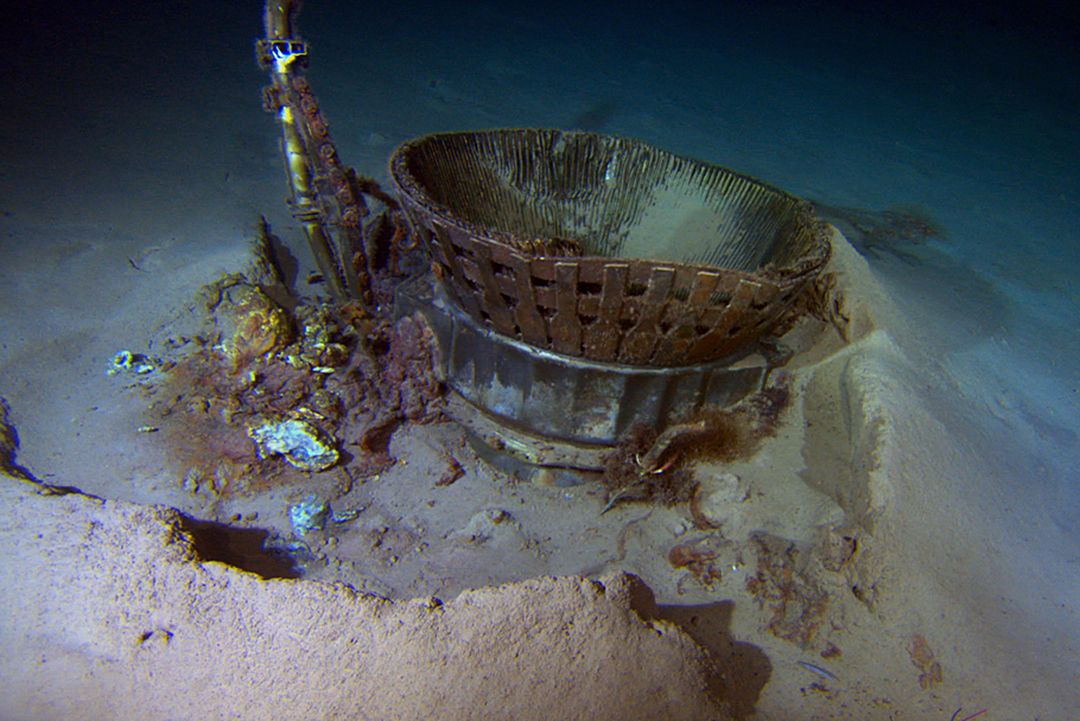
In addition, we should not forget about the first stages of Saturn V, which fell into the ocean after separation. In 2013, an expedition funded by billionaire Jeff Bezos found the first stage of the rocket that sent the Apollo 11 expedition into space at a depth of 4.5 kilometers at the bottom of the Atlantic Ocean. Some of its fragments were later raised to the surface and, after restoration, exhibited in a museum.
External observers
The Apollo flights were, without exaggeration, the event of the century. They were followed by hundreds of astronomers around the globe. They saw and filmed the main stages of the launch, such as the separation of the stages and the activation of the engines. The results of these observations were later published in specialized astronomical journals. Observers even managed to see the cloud that formed around the Apollo 13 spacecraft after its oxygen tank exploded.
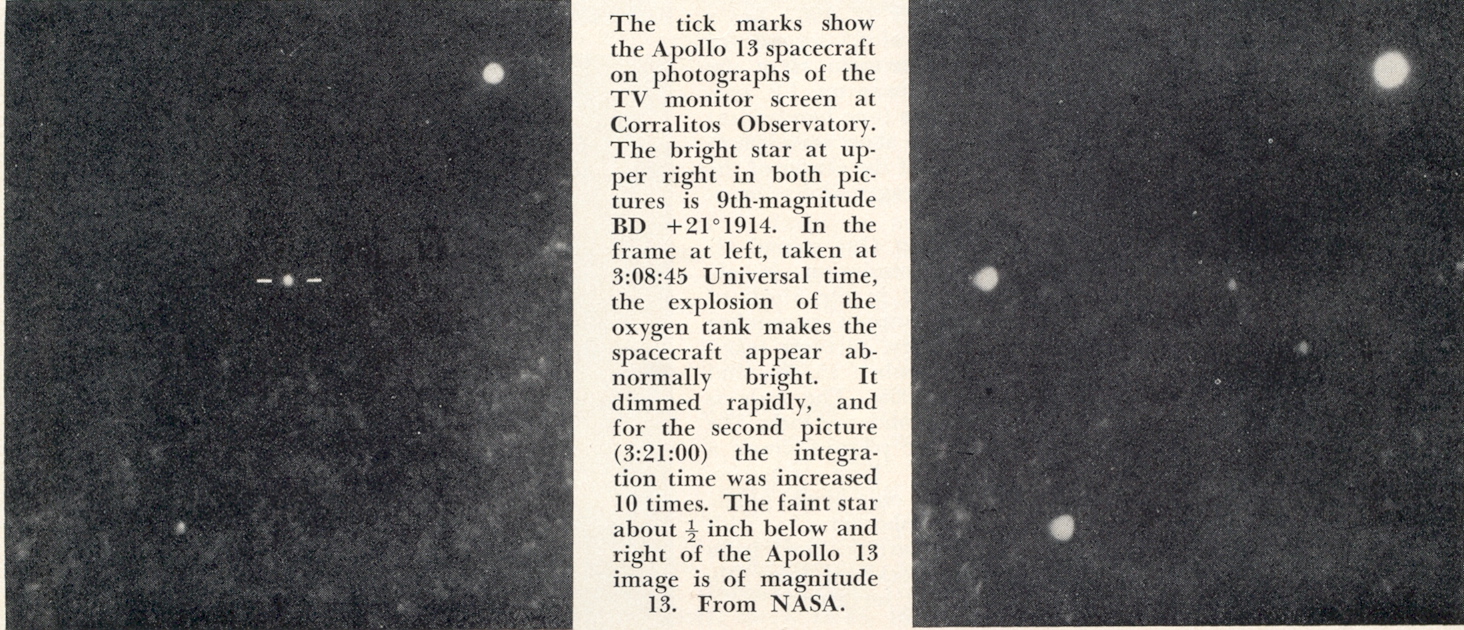
Various amateur radio operators and radio astronomers also listened to the conversations between the ships and ground stations and recorded transmissions from the Moon. For example, the staff of the Bochum Observatory managed to record the television signals of Apollo 16. They show only the astronauts and no voice from the control center, since the signal came only from the Moon.
Of course, the Apollo flights were closely monitored in the USSR as well. After all, the lunar race was part of the global confrontation between the superpowers, so any space activity of a potential enemy was given close attention. At Research and Measurement Point No. 10 (RMP-10) near Simferopol, equipment was installed to intercept broadcasts from American spacecraft. Soviet experts were constantly listening to their negotiations with the Earth, and ships off the coast of Florida were tracking the Satun V rocket launches themselves. The Soviet radio telescope RATAN-600 later intercepted signals from the instruments left by the astronauts on the Moon.
Lunar soil
Contrary to the claims of conspiracy theorists, the lunar soil delivered by the Apollo astronauts was never lost. It is still being actively studied by researchers around the world. All analyses confirm the cosmic origin of the delivered samples, and their isotopic composition has made it possible to prove the lunar origin of a number of meteorites found on Earth.
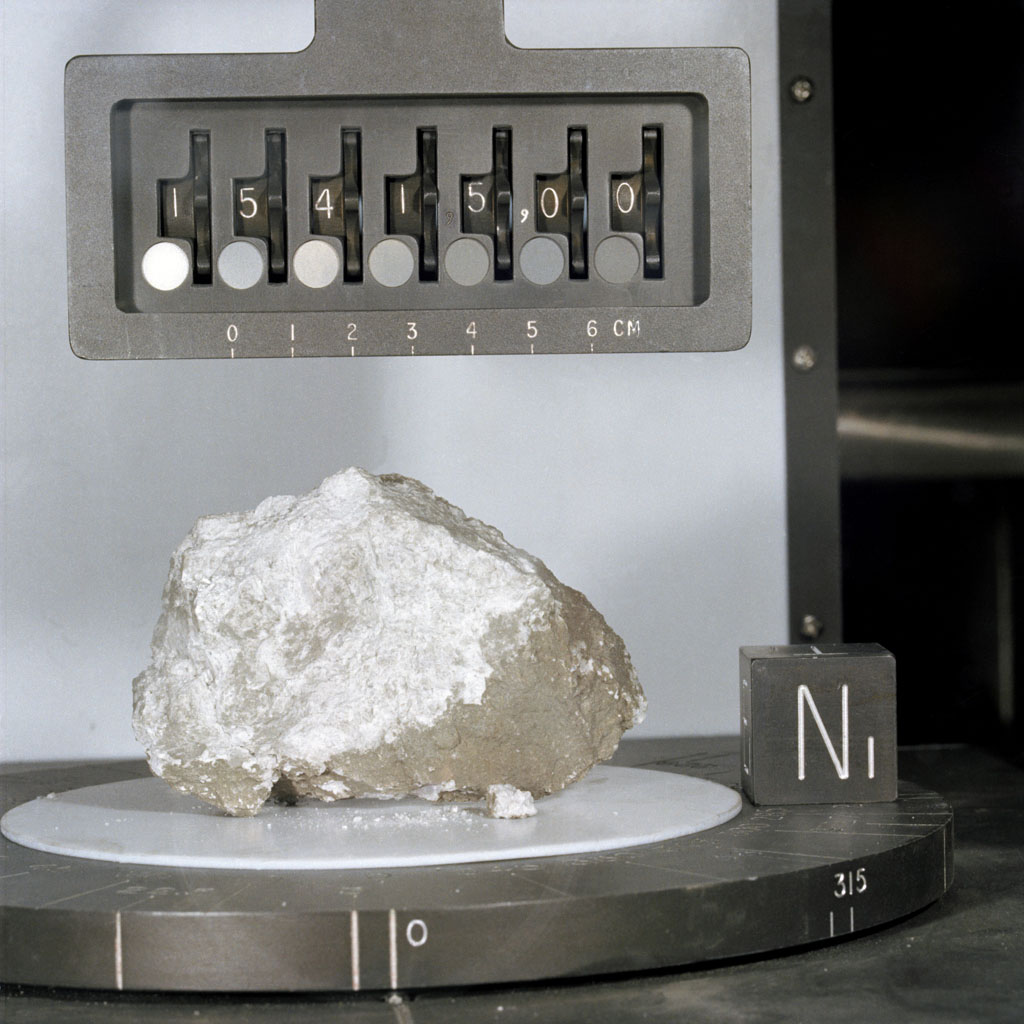
Interestingly, the oldest lunar rocks are up to 4.5 billion years old, making them 200 million years older than the oldest terrestrial rocks. Some of the minerals contained in them were unknown to scientists at the time and were found on Earth after the Apollo missions were completed.
It was the analysis of lunar samples that led scientists to reject the main theories of the Moon’s formation that had dominated before the Apollo missions. They were replaced by the impact hypothesis, which assumes that the Moon was formed from debris ejected during the collision of the Earth with the protoplanet. Despite some still unresolved theoretical issues, it is currently the dominant theory in the scientific community.

